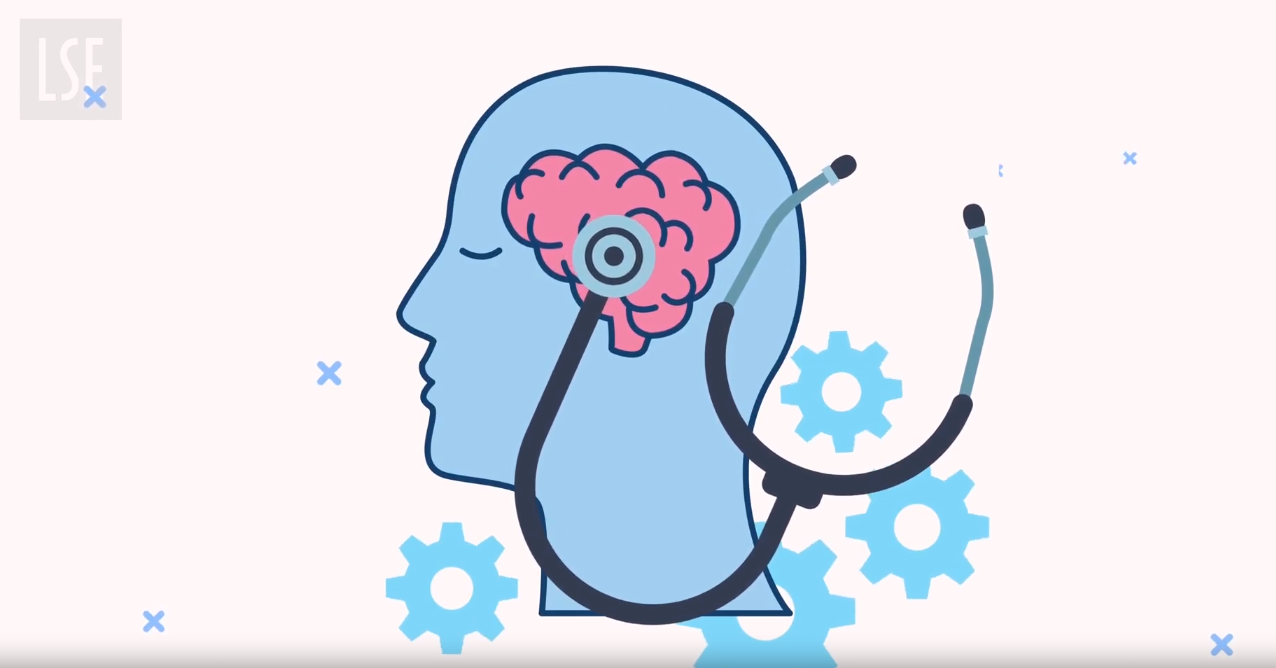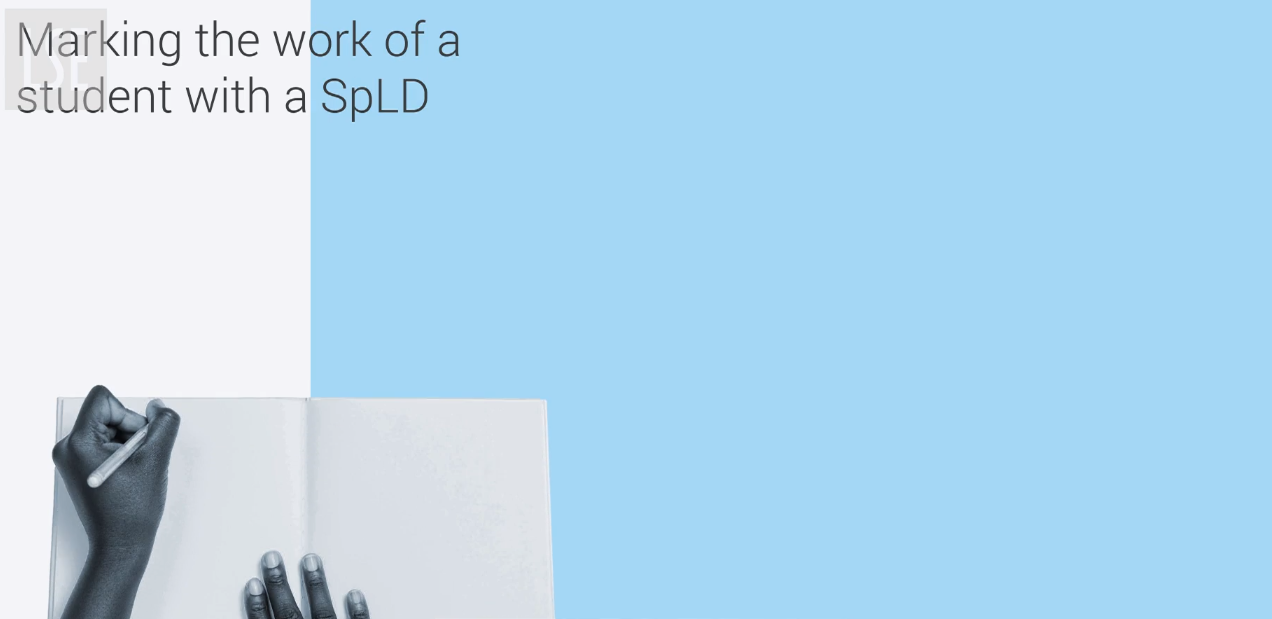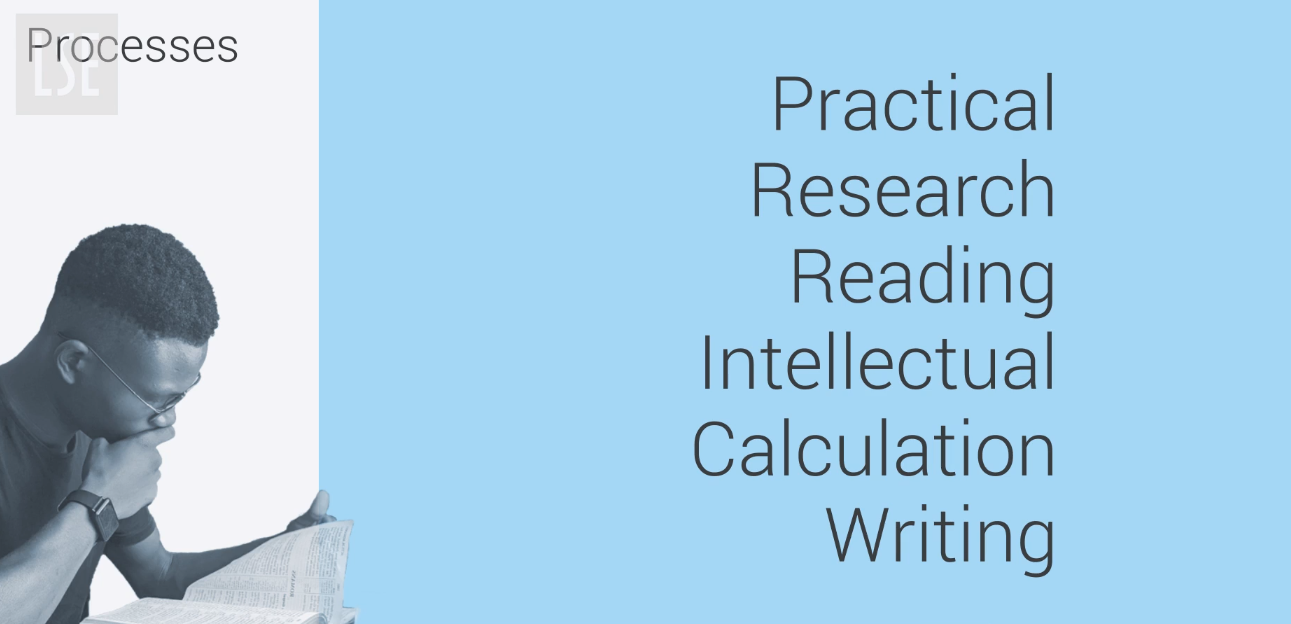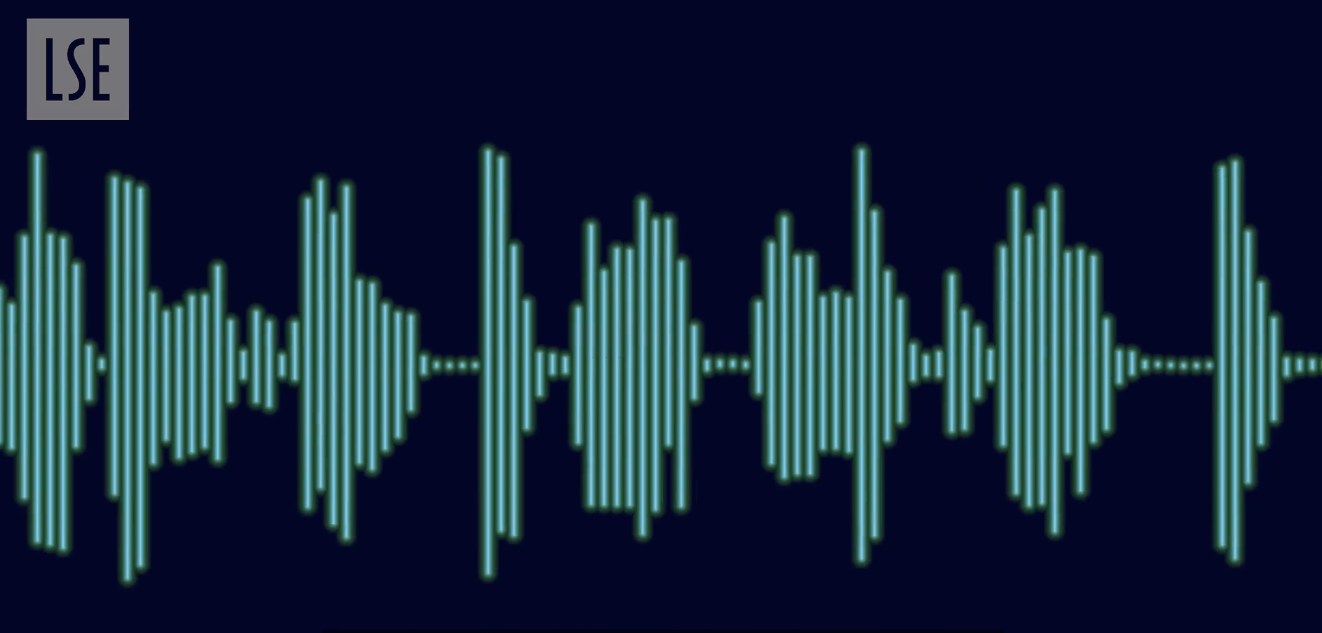Staff guidance on My Adjustments
My Adjustments (MAs) are LSE’s system of recording the adjustments and support which are deemed necessary to meet the needs of a disabled student. To ensure these needs are met, academic and professional services staff may have to make reasonable adjustments to teaching and administrative processes as identified in a student's MAs.
The following document has been produced by the Disability and Mental Health Service to provide staff with more information on the process, and guidance on common adjustments and how to implement them:
Staff guide to My Adjustments (pdf)
Inclusive teaching guides
Inclusive teaching for students with specific learning differences
Sebsatian Boo, our adviser for neurodiverse students, has produced a series of videos around best practice for teaching those with specific learning differences:
 Teaching students with specific learning differences
What are specific learning differences?
Teaching students with specific learning differences
What are specific learning differences?
 Marking the work of neurodiverse students
Marking the work of neurodiverse students
Marking the work of neurodiverse students
Marking the work of neurodiverse students
 Giving students feedback
Giving students feedback
Giving students feedback
Giving students feedback
 Supporting students through their dissertation/thesis
Supporting students through their dissertation/thesis
Supporting students through their dissertation/thesis
Supporting students through their dissertation/thesis
Online teaching and accessibility
With the increasing prevalence of online teaching at LSE it is important to consider how this shift may affect the learning experiences of disabled students.
The following document provides guidance to academic staff to help ensure that online delivery is accessible to our diverse student body:
Ensuring online teaching is accessible to disabled students (pdf)
Making teaching materials accessible for screen-readers
The following document provides guidance to academic staff in creating teaching materials which are accessible for students using screen-reading software:
Making teaching material accessible (Word)